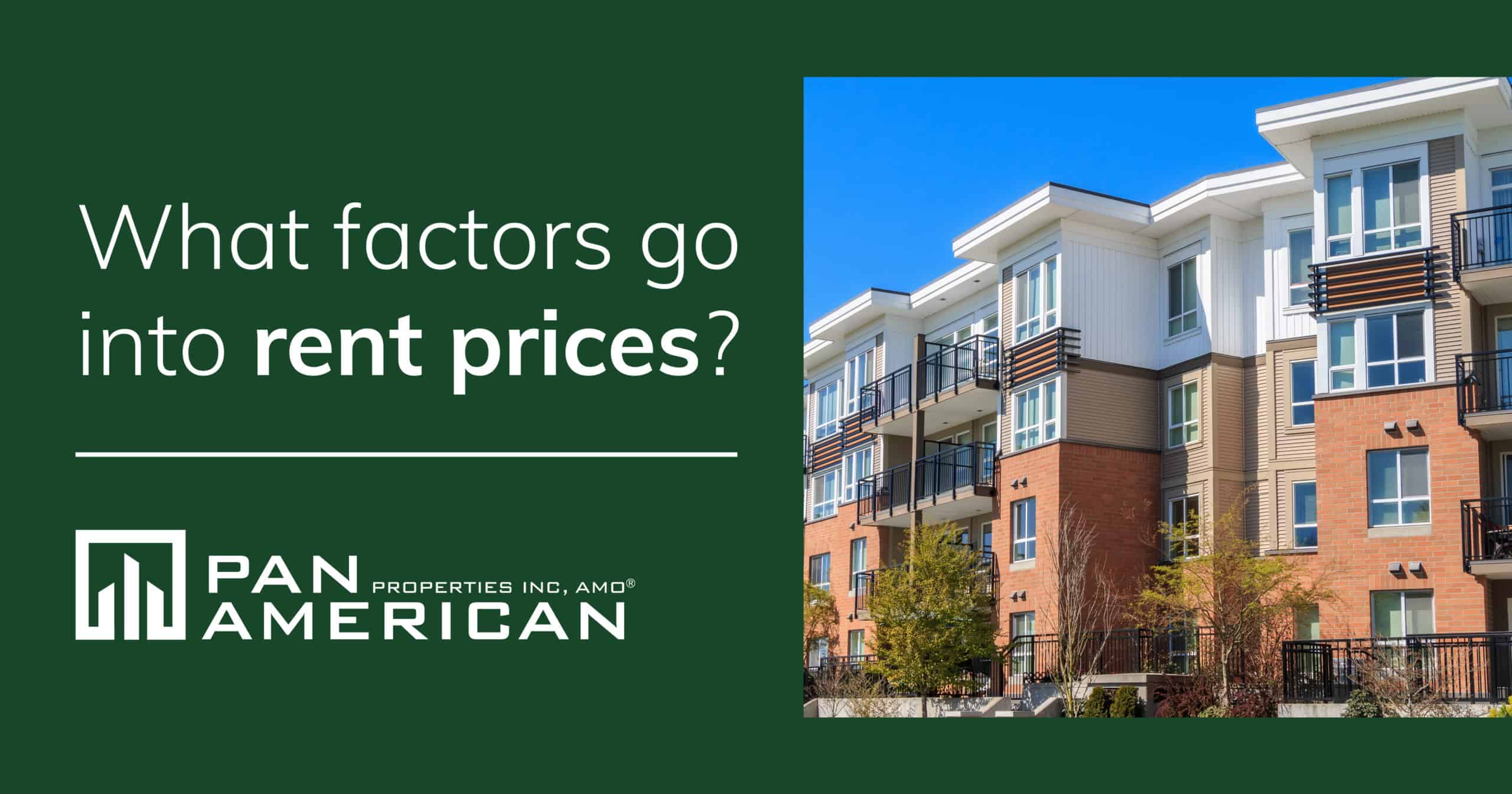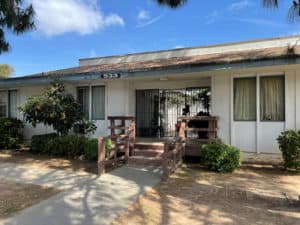Setting rents is one of the most complex parts of being a property owner. Charging enough to cover costs and make a bit of profit, but not so much that it risks pricing units out of the market, is a tricky balancing act. Set too low and the property’s asset value suffers. Set too high and potential residents will look elsewhere.
When rental property owners lose their balance, the vacancies list increases. How can you avoid this and find the “sweet spot” for rental prices?
Know Your Fair Market Rent
The first step is understanding fair market rent, which is sometimes shortened to FMR. FMR is simply how much each unit within your property is worth at any given time. A telling indicator is discovering what people are willing to pay, as shown by the rents being charged by comparable properties (or comps) in your property’s area.
Finding comps takes a bit of research. You can analyze multiple listing services such as Realtor.com or contact a local real estate agent. Checking online ad sites is another way to gage the local rental market. Finally, it may be worth your while to contact a local property management company or a local landlord association for estimates on current rates.
The U.S. Department of Housing and Urban Development, or HUD, also compiles a list of Fair Market Rents each year for more than 2,500 metro and non-metro counties. The fair market rent prices are developed for determining the rental voucher amounts of government subsidized housing programs, including Section 8. If your rental property is in a lower-income area, this tool could be helpful to you, but if your rental property is in a more affluent part of town, this information may be less relevant.
Location is Key
There’s no underestimating the importance of location when it comes to determining rental prices. Prices can vary widely by state, city, and even neighborhood. According to data from Yardi Matrix for 2020:
- In January 2020, the national average rent increased 3% from 2019, hovering at $1,463.
- California’s rental prices are nearly $1,000 higher than the national average, with rents in Los Angeles and San Diego going for $2,545 and $2,238, respectively.
- Santa Monica apartments are the most expensive in the state, renting for $3,881, while apartments in Indio have the cheapest rents, $1,141 per month. Tustin’s average rent was about midway, at $2,089 per month.
If your property is situated near essential services, it will justify higher rents than those in outlying areas. Rentals located near schools, shopping areas, restaurants, city centers, public parks, bike trails, and public transportation are an attractive bonus for prospective residents.
How Competitive is Your Unit?
The trickiest part of evaluating comps can be in evaluating exactly how each unique property stacks up against the others within a particular market. On paper, two units may look the same: similar square footage, identical building amenities, and so on. With professional photography and expert marketing, buildings that haven’t been upgraded in decades can still put forward a good face in online ads, capturing that critical initial interest from apartment hunters.
The hunters probably won’t end their search after one tour, though. The relative competitive advantages of a property usually can support a bump in rent. Views, storage space, upgrades, open floor plans, and outdoor amenities differentiate your property from similar ones right down the street. Whether a house or apartment, residents are willing to pay more for appliances like dishwashers and laundry facilities as well.
Finally, if your unit is in an apartment building, some features are a strong pull from your competition, including:
- Active security at the door and around the property
- Elevators
- Fitness center
- Parking
- Pet friendliness
- How well outside noise is controlled
- A community pool or hot tub
Don’t Skip Renovations
Have other units in the area been renovated? In real estate, a potential resident’s first impression is formed rapidly. If you choose not to renovate when your competition is aggressively updating, you may have to consider lowering your price.
Expectations determine rental rates, and the consumer establishes their own expectations, often formed by knowing what the competition is offering. Having a pulse on your ideal tenant will guide you in maximizing your property’s value.
Renovations don’t need to break the bank to improve a property’s competitive edge. At Pan American we routinely guide clients through the process of evaluating renovation strategies designed around the property’s market and the owner’s budget. Our in-house renovations team can apply small updates that make a big difference, or we can go all-out to modernize an aging building from top to bottom.
Hire a Property Management Firm
Understanding every factor that determines the price for your rental unit can be complicated. Pan American Properties is here to make the process easier, so you can focus on filling vacancies. We handle consulting, renovations, and everything in between. Call us today at (888) 754-9700 or email us at [email protected] to learn more.






